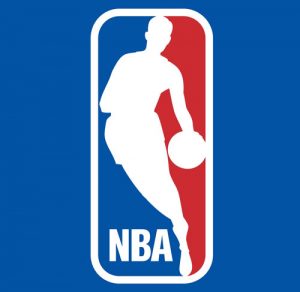 In conjunction with this post, you may want to quickly review the earlier Hoop Coach article, Examining NBA’s New Player Hustle Stats. The gist of that article was that last season the NBA starting keeping track of five Player Hustle Stats: Contested Shots, Charges Drawn, Deflections, Loose Balls Recovered and Screen Assists (the only offensive stat to make the cut).
In conjunction with this post, you may want to quickly review the earlier Hoop Coach article, Examining NBA’s New Player Hustle Stats. The gist of that article was that last season the NBA starting keeping track of five Player Hustle Stats: Contested Shots, Charges Drawn, Deflections, Loose Balls Recovered and Screen Assists (the only offensive stat to make the cut).
In the Sports Illustrated article, “Hustle and Flow”, Lee Jenkins points out that one of the NBA’s most talented and skilled teams, the Golden St. Warriors, is also the league’s hustle kingpin, having led the league in two categories, Loose Ball Recoveries and Deflections and placing second in Screen Assists and Contested Shots.
And, while these designated player hustle stats are a start, there are certainly loopholes to consider:
- While a raw number is important, the percentage of successful attempts is even more important. For instance, the Wizards’ Marcin Gortat tied the Jazz’s Rudy Gobert for the league regular season lead in Screen Assists with 6.2 per game and at the time of the article was leading the same category during the playoffs with 8.6 per game. Those numbers are far less important than the percentage of successful screen assists. For instance, if Gortat set 40 screens a game and Gobert only 20, wouldn’t Gortat’s successful percentage be 50% of Gobert’s?
- Also, in the case of Screen Assists, there has to be some consideration paid to “for whom the screen was set”. In the case of Gortat, the assumption is that many were set for John Wall or Bradley Beal. In the case of Gobert, the screens were likely set for Gordon Hayward and George Hill. Wall and Beal averaged a combined 52 ppg.; Hayward and Hill averaged a combined 39.7 ppg. If my assumption is valid, Gobert’s 6.2 screen assists per game could be interpreted as more valuable than Gortat’s 6.2.
- As long as we’re discussing Screen Assists as a Hustle Stat, shouldn’t we also keep track of cuts that force the defense to compress which creates a perimeter field goal by a teammate or a hard, offensive transition run which creates a basket for a teammate? Screens are not the only non-ball hustle action which acts as an “assist”. Every system has non-ball actions by Player A which create points for Player B.
- Deflections, like blocked shots and steals, can be a bad stat-if the percentage is low. All three are gambles and if they’re not calculated they can lead to negative results ==> “Blocks and Steals: Keep track of the Unsuccessful Attempts Too”.
- Contested shots sound like a good idea. But, they too are extremely subjective in nature. What most coaches actually want are low risk attempts to “change” a shot. Just running at a shooter to look like the shot is being contested isn’t the answer. Nor, is being out of control and fouling the shooter.
- As noble as a drawn charge can be, it can also be a negative stat if the success percentage is low. If a player is unsuccessful, it eventually leads to immediate free throws, can get the opponent into the bonus earlier and can even lead to “flopping” T’s and FT’s.
In summation, even these raw player hustle stats can be misinterpreted unless one is aware of percentage of success. This principle applies to all stats be they advanced or conventional. Another example is a recent conversation with a colleague who records the percentage of help-side stops his players make. The number of stops, in and of themselves, is less important than the success ratio.


